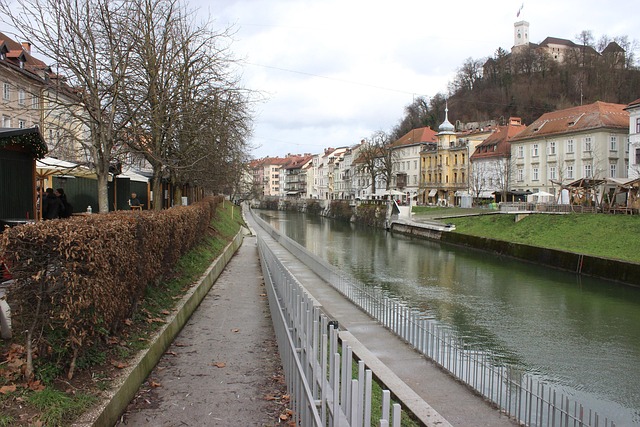In Karachi, tracking the Air Quality Index (AQI) is crucial for public health due to diverse geography and industrial activities causing varied air quality. High AQI values indicate poor air quality, potentially leading to respiratory and heart issues. Data guides proactive measures like mask-wearing and indoor air purifiers. Rashid Minhas Road, a major thoroughfare, faces elevated pollutant levels from traffic and nearby industries, posing long-term health risks. Karachi needs multi-faceted solutions including traffic management, industrial regulations, and sustainable transportation alternatives.
Karachi, Pakistan’s bustling metropolis, faces significant challenges regarding air quality. This article delves into the intricate matter of air pollution, specifically focusing on Rashid Minhas Road. We’ll explore the Air Quality Index (AQI) as a crucial metric for understanding Karachi’s environmental health. By analyzing the AQI data from this busy road, we uncover insights into potential sources of pollution and their impact on the city’s residents, offering a comprehensive case study on air quality issues in Karachi.
Understanding Air Quality Index in Karachi

In Karachi, understanding the Air Quality Index (AQI) is crucial for residents’ health and well-being. The AQI is a standard measurement that provides a comprehensive overview of air pollution levels in a specific area. It categorizes air quality based on key pollutants like particulate matter (PM2.5 and PM10), nitrogen dioxide, sulfur dioxide, and ozone, among others. Each pollutant has a different impact on human health, so the AQI helps identify potential risks. For instance, high AQI values indicate poor air quality, which can lead to respiratory issues, heart problems, and other health complications, especially for vulnerable groups like children, the elderly, and individuals with pre-existing health conditions.
Karachi’s diverse geographical layout and bustling industries contribute to varying air quality across different areas. The city’s AQI data is regularly updated by various environmental agencies, providing valuable insights into the effectiveness of pollution control measures. By staying informed about Karachi’s AQI, residents can take proactive steps like wearing masks when levels are high, avoiding outdoor activities during peak pollution periods, and using air purifiers indoors to protect their health.
Rashid Minhas Road: A Case Study on Air Pollution

Rashid Minhas Road, a bustling artery in Karachi, serves as a compelling case study for understanding air pollution challenges within urban landscapes. The road, known for its dense traffic and industrial proximity, often witnesses elevated levels of pollutants, posing significant health risks to residents. This issue highlights the intricate relationship between urban development, transportation, and environmental quality.
In terms of specific contaminants, nitrogen oxides, particulate matter, and volatile organic compounds are prominent concerns. These pollutants not only contribute to smoggy conditions but also have long-term adverse effects on respiratory and cardiovascular health. The case of Rashid Minhas Road underscores the necessity for comprehensive strategies to combat air pollution in Karachi, involving traffic management, industrial regulation, and the promotion of sustainable transportation options.
Karachi, as a bustling metropolis, faces significant air pollution challenges, as evidenced by the high Air Quality Index readings along Rashid Minhas Road. This case study highlights the urgent need for comprehensive strategies to improve air quality in the city. By understanding and monitoring the Air Quality Index, Karachi can take informed steps towards mitigating pollution, ensuring a healthier and more sustainable future for its residents.
